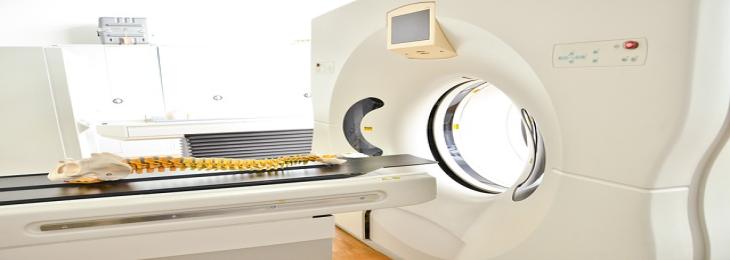New Ultrathin Bone Computer Monitors Health Data In Real-Time
Dec, 2021 - By SMI

Share
A team of scientists developed a wireless devices that grows on the bones and monitors patient’s bone health and transmit data to other devices.
A team of engineers and physicians at the University of Arizona created an ultra-thin device that grows on bones permanently and transmits data wirelessly. This device would allow doctors to monitor the health and healing of a patient’s bones. As described in the paper published in the journal Nature Communications on November 18, 2021, the devices, called as osseosurface electronics contain sensors that are wrapped into a flexible package that is around the size of a penny with the thickness of a paper.
The novel device does not need a battery to run, it can be powered with near-field communication (NFC). In order to keep the device attached to the bone for long time, the scientists developed an adhesive containing ceramic particles of calcium phosphate. It allows the bone to grow onto the device, which bonds the device permanently to the bone, and eliminates the problem of device coming loose after shedding off of the outer layer over time. The researchers designed these devices to be thin enough so they will not cause any irritation to the muscles moving over the top of them.
The team envisions the implantation of these devices in people with diseases such as osteoporosis, in order to provide monitoring of patient’s bone health for longer period, or these devices could allow the doctors to monitor the healing of a bone after a break or fracture. The team tested these devices in animals, where they demonstrated how it can be implanted into large and small animal modes, and how the devices transmit real-time data to a smartphone. The research is still in its early phase, and requires more work to test it in human clinical trials.
Share
Stratagem Market Insights
533 Airport Boulevard, Suite 400, Burlingame, CA 94010, United States
Delivery Center
403, 4th Floor, Bremen Business Center
Aundh, Pune, Maharashtra 411007
India
